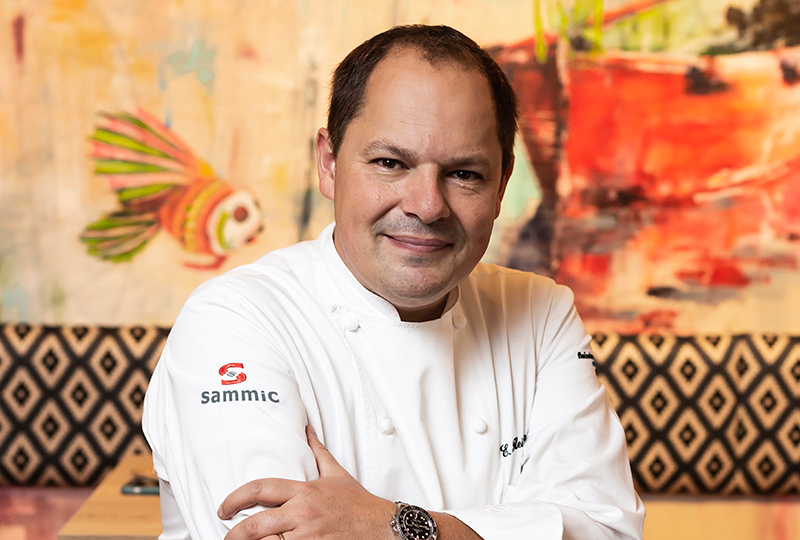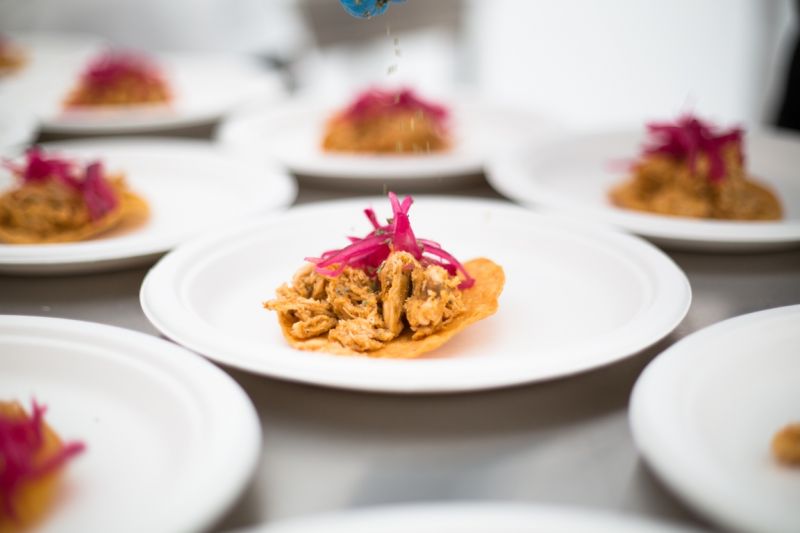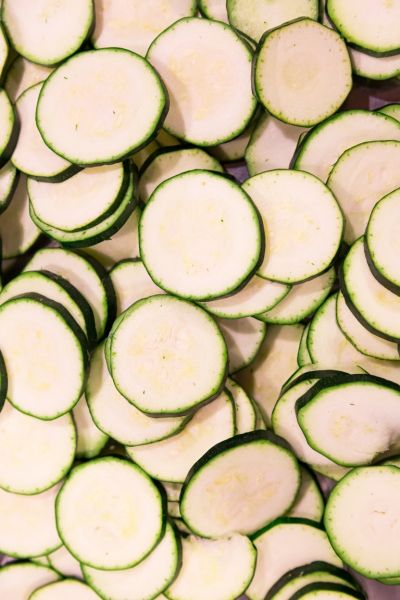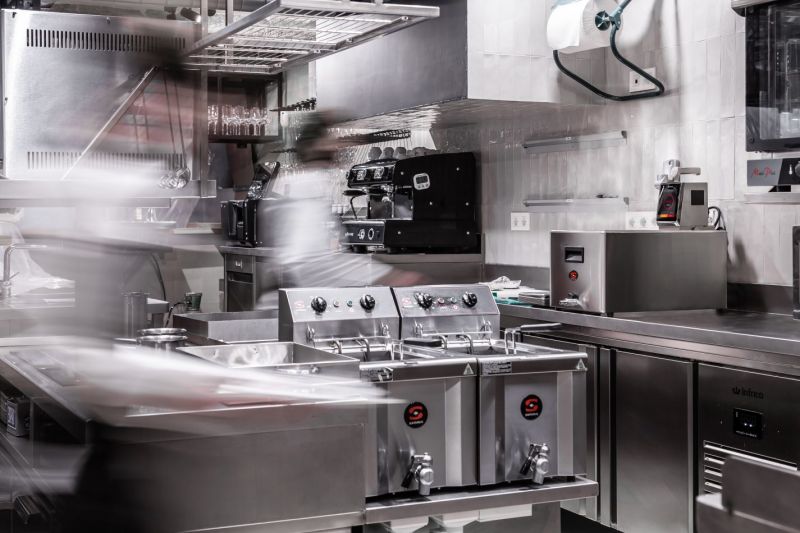Standardisation in the kitchen: quality and profitability

We are used to hearing about process standardisation in many sectors. It is clear that the task of unifying a company’s procedures improves the profitability of any corporation. But what happens with process standardisation in the kitchen? Enrique Fleischmann tells us why standardisation is very important in a kitchen and how he achieves the best quality and profitability in his restaurants.
“Do you know what it means to know, for example, that the hummus will always have the same texture? That is important in industry, but in the kitchen it is amazing.”

1. How would you define process standardisation in the kitchen?
In my opinion, standardisation in the kitchen is defined as a process that can be reproduced again and again, maintaining the quality, flavour, appearance, etc. Or in other words, maintaining all the aspects that are important in our work so that we can give pleasure through enjoyment. To put it another way, for me standardisation is a guarantee that the product will be respected from start to finish, always obtaining the same perfect result.
2. Why is standardisation important in the kitchen?
Because these aspects are essential in creating value for money for our customers. In the future, cooking will require us to identify and recognise those aspects where we have produced very good quality, which are above average. In this way, we will be able to reproduce them so that this quality is always achieved. In addition, once you have obtained good product standardisation, you can achieve a much more attractive level of profitability. At the end of the day, all jobs are seeking profitability that is capable of justifying the quality and the work involved.
3. So, thanks to standardisation, the quality of the result will always improve.

With standardisation and replicability, with this ability to reproduce what has already been done, we will be constantly improving. Standardisation allows us to retain these fundamental aspects of quality and continue to scale them up thanks to having an analysis of the processes. In addition, digitalisation, which is increasingly a feature of all kitchen processes, allows us to identify, understand, analyse and continue growing to improve our gastronomic offer. Digitalisation is the key to the kitchen of the future.
4. How do you achieve standardisation in the kitchen?
We had already found the quality, but we lacked the process standardisation. Thanks to Sammic's latest generation machines, we have been able to standardise the processes. For a number of years now, Sammic machines have been increasingly focussed on the standardisation of processes. Machines are no longer just a work tool, but rather a fundamental part of the cooking process.
 5. What machinery are you talking about?
5. What machinery are you talking about?
First, the SmartVide sous-vide cookers along with the Janby regeneration system are now an integral solution in the digitalisation of the processes involved in low-temperature vacuum cooking. Second, we have the Force Control System of the Ultra vegetable preparation machines which allows us to measure the force used by the operator and also allows us to programme a sound to indicate the cut we want. Finally, we have the programmes for the cutters that allow us to create up to 9 customised programmes for all types of preparations. In addition, they have 3 pre-set programmes that allow us to prepare dishes such as hummus without having to touch the machine.
6. How important are these machines in your kitchens?
In our kitchens, the machines are now a fundamental part of the cooking process, not only for cutting and blending, but also for their capacity for automatic standardisation. In the very near future this is going to be a fundamental tool for the standardisation of kitchens in new business models and, above all, for finding constant rather than variable profitability. In that way, we always obtain greater profitability and quality, reasonable prices and the ability to identify improvements thanks to our understanding and control of the processes in the kitchen.

